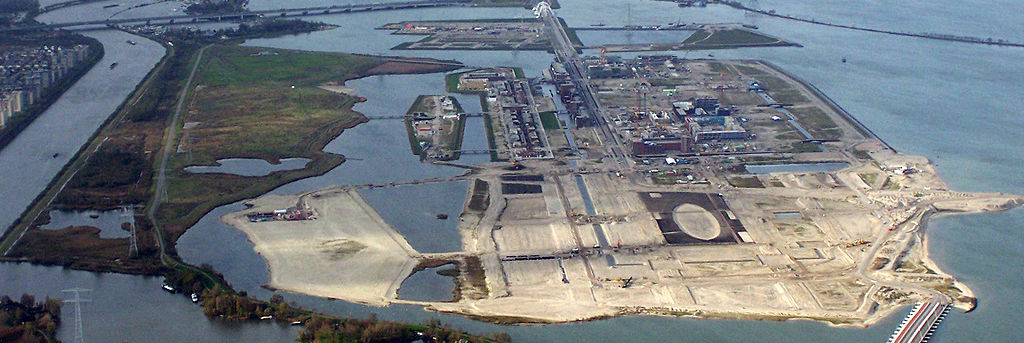
IJburg-like locations will also be developed in the western part of Amsterdam
In the coming years, a few hundred thousand houses have to be built in the area around Schiphol Airport. With the current legislation this is impossible and citizens have to be silenced. The aviation sector and local governments have sought opportunities to solve these problems. They have found it in modification of the nuisance contours (LIB), relaxation of building conditions and clauses to prevent complaints.
The changes come down to:
- easing the building possibilities within the nuisance contours;
- buyers and tenants of new homes have to sign that they know that it might become noisy, also in future;
- they must have this included as a perpetual clause in the purchase agreement, subject to payment of a penalty;
- they cannot claim any subsidy or compensation;
- they can no longer complain to the polluter, but have to go to the municipality (which can’t do anything);
- the aviation sector is protected from complaints and liability for harm or damage;
- if claims can be submitted successfully, then the municipalities will have to pay the costs;
- the aviation sector promises not to object building plans;
- the municipalities promise not to support requests for re-routing flight paths.
In short, the problem of two parties is solved by rolling it over on the third.
Objections
There are a lot of objections to this trick:
- With the fiction of ‘foreseeability’, the aviation sector and the government jointly pass on their own responsibility to the weakest party: the local resident.
- Nobody knows in advance whether he will be bothered or even get ill. International research shows that one third of the local residents experience hindrance.
- Due to the growth of air traffic, hindrance increases and displacement occurs as a result of
route change and reclassification of airspace (with the shift of nuisance contours as a result). - The government implicitly acknowledges – with the ‘complaint prohibition with penalty clause’ – that aircraft nuisance (noise, air pollution, insecurity) can cause harm and damage.
- With the ‘indemnification of the aviation sector’, the government assumes liability for damage
without any idea about the extent of that risk (which is at the expense of the taxpayer). - The provision of information about aircraft nuisances is grossly inadequate because the calculated noise load differs from the perceived nuisance experience.
- It remains unclear for which houses this regime exactly applies (not only now but also in future). It leads to unequal treatment comparing new and existing houses.
- Apart from the fact that this approach is administratively indecent and morally reprehensible, it also undermines the system of nuisance determination. This is based on numbers of aircraft in relation to numbers of people who suffer it (noise-affected, seriously annoyed, sleep-disrupted).
- By not counting new inhabitants (people who came to live in the area after 2005, ‘ghosted persons’) falsely extra growth space for traffic volume was created.
- By depriving citizens of their right to complain, the government violates its duty of care.
Municipalities renounce their right (and duty) to stand up for the interests of their inhabitants.
The LIB that is intended to protect the citizens is being misused to sideline them.






